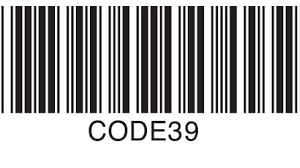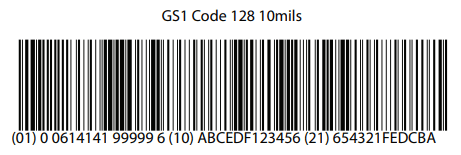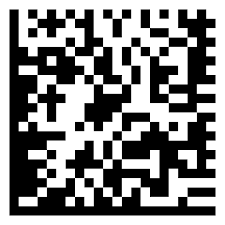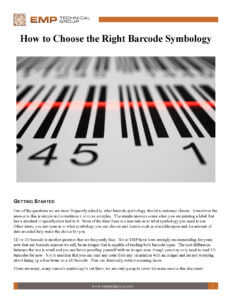It has been a while since we have talked about barcode symbologies. I know, it’s exciting stuff! But important stuff, to be sure. Depending on your application and industry, choosing the correct barcode symbology can have a long-lasting impact, and deciding which barcode symbology to use is not always apparent.
So, let’s talk about some of the basic guidelines for when to use what code:
Common 1D Symbology’s
UPC A is the code used on the primary label for consumer goods. This is one of the oldest and one of the most common barcodes that you will see. The code is numeric only, 12 digits, with the last digit being a check digit that the printing software calculates. Digits 2 through 6 are an identifier for the manufacturer, and 7 through 11 are for individual product identification.

Code 39 (or 3 of 9) is also older and is usually only used for automotive labeling of cases, not individual products. It is an alphanumeric code and can also have a check digit at the end. A reasonably secure code, but it does not compact data very well, so if your data string is lengthy, it can get too long.

Code 128 is the most efficient of the 1D codes; it will produce a much shorter code than the same amount of data in a Code 39 barcode. It is also the symbology used for the GS1 standard where you can combine part number, expiration dates, serial number, and manufacturer code into one barcode with data identifiers in parenthesis. Code 128 is alphanumeric, but beware, the code can get longer when you add alpha characters.

Common 2D Symbology’s
The QR Code was developed by a division of Toyota in 1994. The QR stands for Quick Response, and it was designed for scanning with a cell phone camera. The code has squares in 3 of the four corners, allowing the phone camera to align and decode the barcode quickly. This code is commonly used for advertising when the code will be read with a smartphone on the fly or at a distance.

Data Matrix is the most common 2D code used by industry. This code is very dense and secure, with repetition built into it so that even if some of it is destroyed, it can still be read. Pharmaceutical uses this code extensively for packaging codes. Automotive companies use this code for direct part marking since it is highly likely to be decoded even when poorly printed on shiny or irregular surfaces. Also, this is the code to choose when in a very tight space.

PDF 417 is the best for last. Combining both 1D bars on both sides with a 2D body, this is the code to choose when you need to pack in a lot of data. The PDF stands for Portable Data File, and it is used on the back of your driver’s license for a reason. You can recreate all the data on the front of the driver’s license into one barcode on the back. This can significantly speed up the process of renting a car or banking transactions where your total identity needs to be scanned at once. Also, unfortunately, it helps speed up traffic tickets!

Seem like a lot of information? It is! But having an expert to help guide you through the selection of the correct barcode for your application is why we are here. Check out our project guide on selecting a barcode symbology below!
Download the Project Guide
